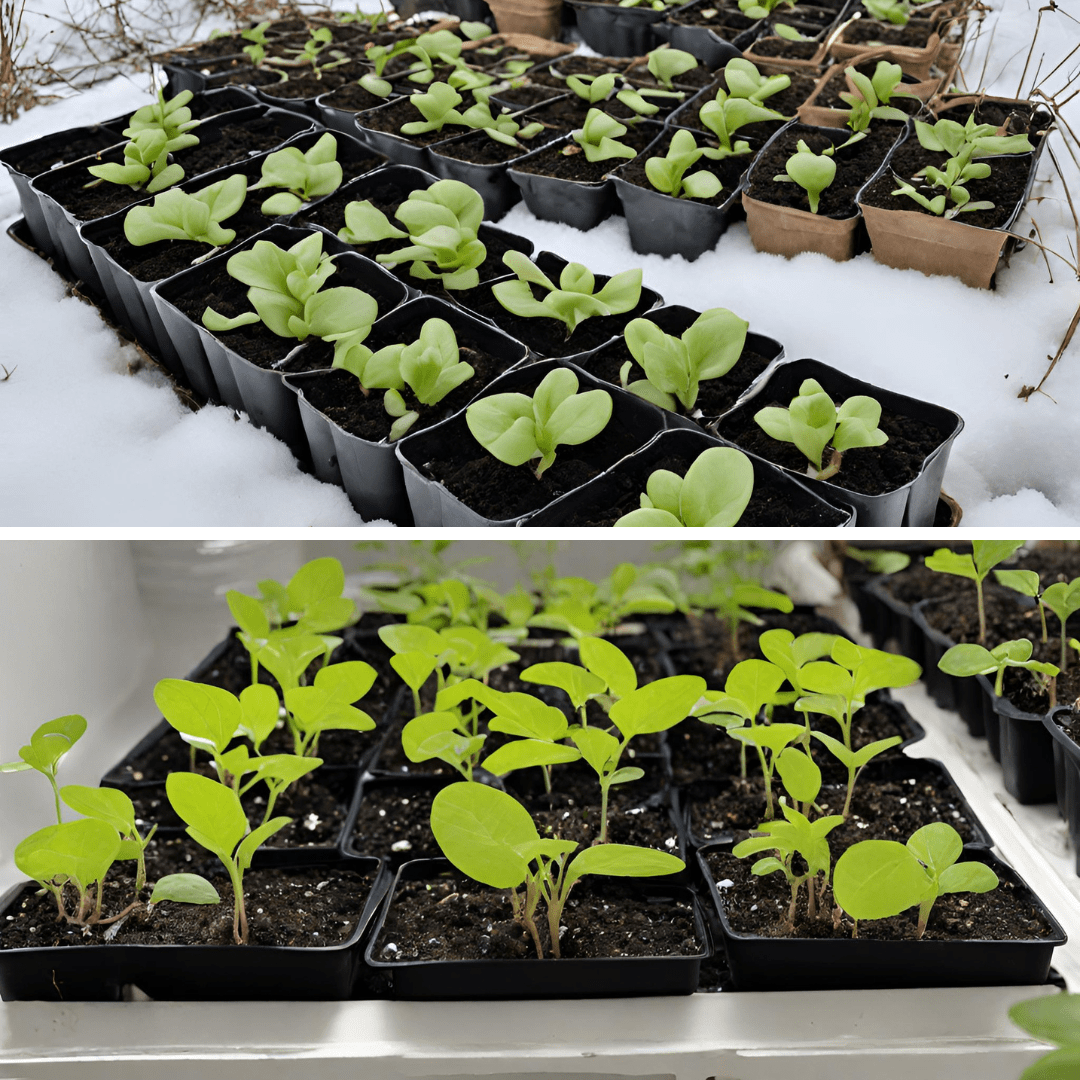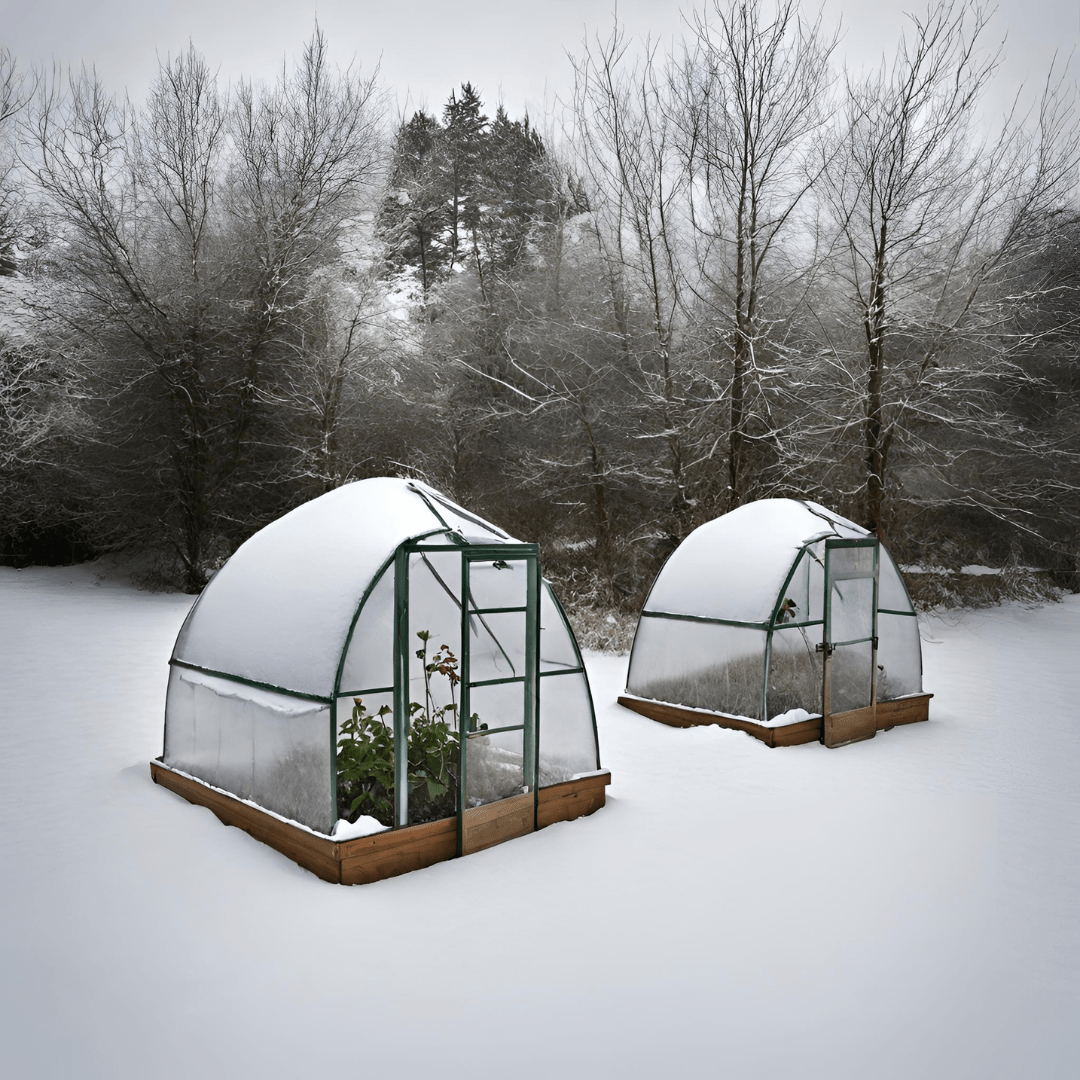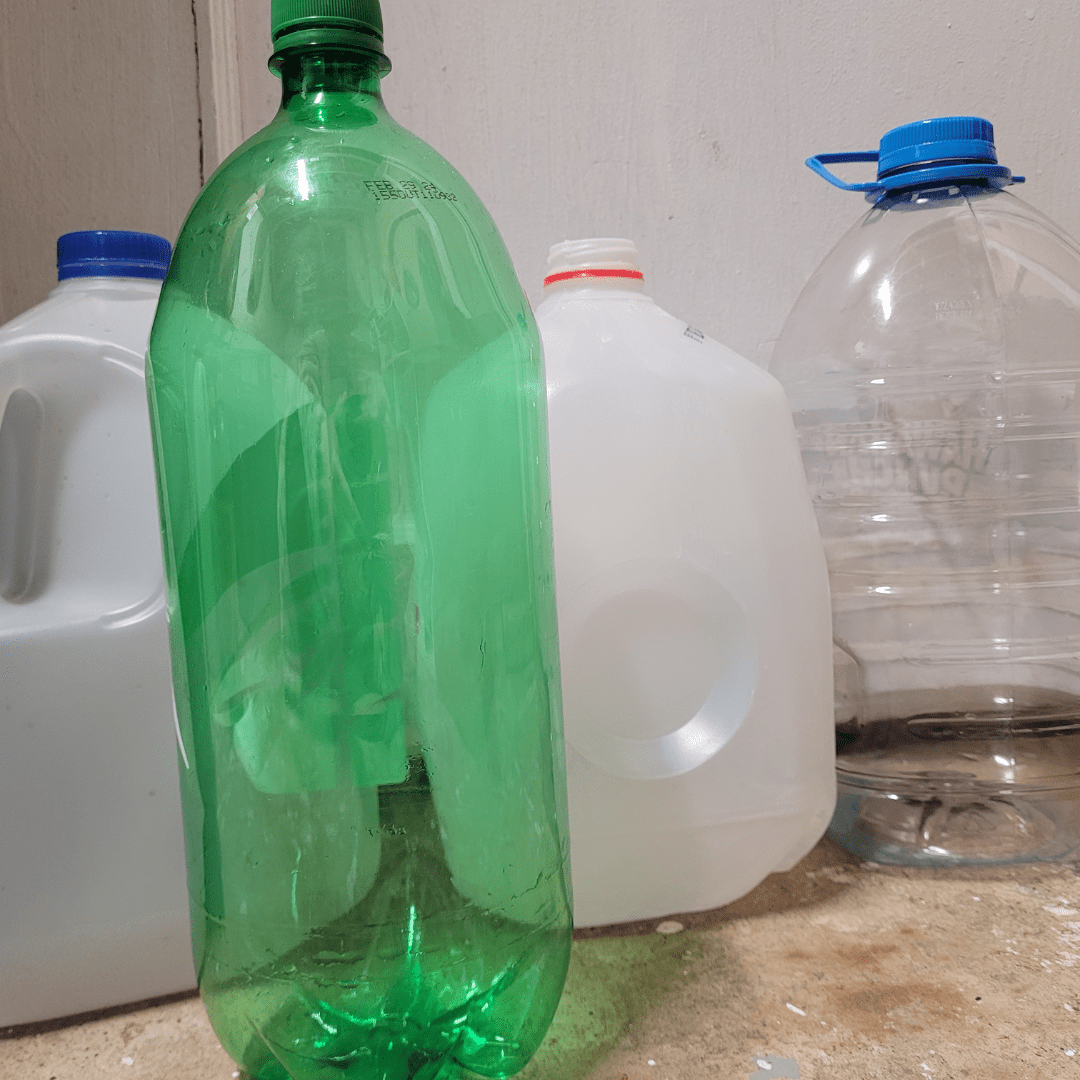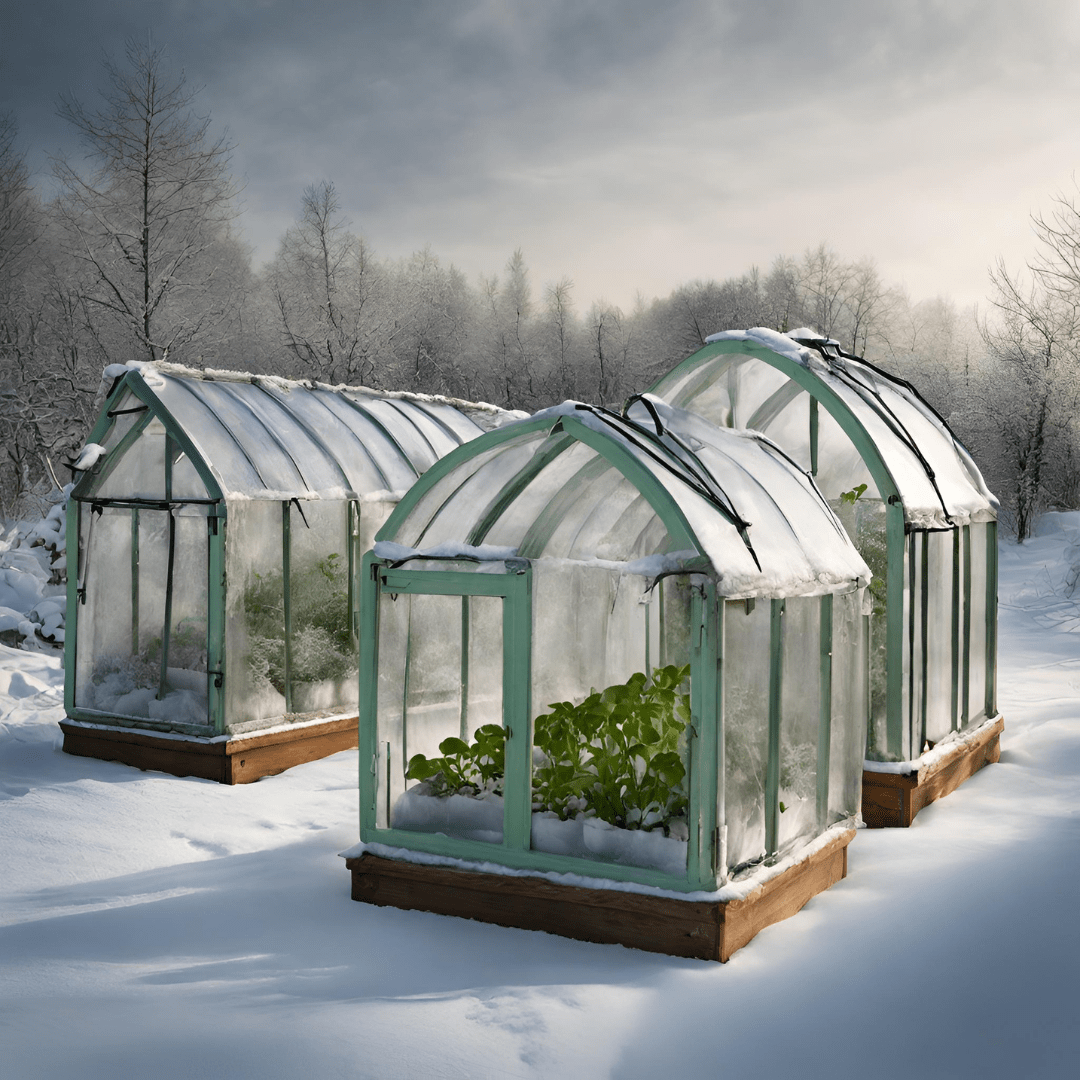Outdoor vs. indoor sowing.
What Is Included in This Post:
- Introduction to Outdoor and Indoor Sowing Techniques
- Pros and Cons of Outdoor Sowing
- Pros and Cons of Indoor Sowing
- Factors to Consider when Choosing Between Outdoor and Indoor Sowing
- Tips for Successful Outdoor Sowing
- Tips for Successful Indoor Sowing
- Comparing the Costs of Outdoor and Indoor Sowing
- Conclusion
- Frequently Asked Questions
Gardening enthusiasts have long debated the merits of outdoor versus indoor sowing techniques. Each method has its own set of advantages and challenges, making it essential for gardeners to weigh their options carefully. Outdoor sowing, the traditional approach, allows plants to grow in their natural environment, benefiting from ample sunlight and fresh air. On the other hand, indoor sowing provides greater control over growing conditions, allowing for year-round gardening and protection against unpredictable weather. In this article, I will delve into the pros and cons of both techniques, explore the factors to consider when choosing between them, and provide helpful tips for successful outdoor and indoor sowing. By the end, you will have a better understanding of which method aligns best with your gardening goals and circumstances.
This is a pinnable post. Tap or hover over any image in this post to pin to your Pinterest Boards.

Introduction to Outdoor and Indoor Sowing Techniques
Understanding the Basics of Outdoor Sowing
Picture this: you’re outside, surrounded by the beauty of nature, feeling the sun on your face, and getting your hands dirty in the soil. That, my friend, is outdoor sowing in a nutshell. Outdoor sowing involves directly planting seeds into the ground, allowing them to grow and flourish in their natural habitat.
Exploring the Concept of Indoor Sowing
Now let’s switch gears and bring the garden indoors. Indoor sowing is all about creating a mini-greenhouse environment for your seeds. You plant them in containers, such as seed trays or pots, and provide them with the ideal conditions to germinate and grow before eventually moving them outdoors.
Pros and Cons of Outdoor Sowing
Advantages of Sowing Outdoors
The great outdoors offers a multitude of benefits for sowing seeds. Firstly, natural sunlight is abundant, providing your plants with the essential energy they need for photosynthesis. Outdoor sowing also allows your plants to acclimate to the natural elements, making them hardier and more resilient. Plus, there’s something therapeutic about working with the earth and feeling connected to nature.
Disadvantages of Sowing Outdoors
On the flip side, outdoor sowing has its challenges. Unpredictable weather patterns can pose a threat to your delicate seedlings. Strong winds, heavy rains, or sudden temperature drops can harm or even wipe out your efforts. Additionally, outdoor sowing requires patience, as you may need to wait for the right season or conditions to plant certain crops.
Pros and Cons of Indoor Sowing
Advantages of Sowing Indoors
Indoor sowing provides you with greater control over the environment in which your seeds germinate. You can optimize temperature, moisture, and light conditions to create the perfect nurturing environment for your plants. This method also gives you a head start on the growing season, as you can start sowing seeds indoors while it’s still frosty outside. Plus, it’s pretty cool to watch your little seedlings sprout and grow right before your eyes.
Disadvantages of Sowing Indoors
Indoor sowing has its own set of drawbacks. The biggest one is probably the additional time, effort, and equipment required to set up an indoor growing space. You may need grow lights, heat mats, or special seed-starting mixes to ensure your plants get the best start. Limited space can also be a challenge, especially if you’re a plant enthusiast with a growing collection of seeds. (Like me!)
Factors to Consider when Choosing Between Outdoor and Indoor Sowing
Climate and Environmental Conditions
Take a good look at your local climate and environmental conditions. If you live in an area with a short growing season, unpredictable weather, or extreme temperatures, indoor sowing might be a safer bet. On the other hand, if you’re blessed with a sunny and mild climate, outdoor sowing could be a breeze.
Available Space and Resources
Consider the space you have available for gardening. If you have limited outdoor space or live in an apartment, indoor sowing provides a convenient solution. On the other hand, if you’ve got a spacious backyard with plenty of sunlight, why not utilize nature’s own greenhouse?
Personal Preferences and Gardening Goals
Lastly, think about your personal preferences and gardening goals. Are you someone who loves getting your hands dirty and feeling connected to nature? Outdoor sowing might be right up your alley. Or maybe you enjoy the control and precision of indoor gardening. In the end, it’s about finding a method that aligns with your interests and gardening aspirations.
Remember, whether you choose outdoor or indoor sowing, the most important thing is to enjoy the process and have fun watching your plants thrive.
Tips for Successful Outdoor Sowing
Preparing the Outdoor Sowing Area
When it comes to outdoor sowing, preparation is key. Start by clearing the area of any weeds or debris that may hinder the growth of your plants. Loosen the soil with a garden fork or tiller to ensure good drainage and root penetration. Adding compost or organic matter can also help improve soil fertility and structure.
Choosing the Right Seeds for Outdoor Sowing
Not all seeds are created equal, especially when it comes to outdoor sowing. Consider the climate and growing conditions in your area before selecting your seeds. Opt for varieties that are suited to your region to increase the chances of success. It’s also important to check the recommended sowing depth and spacing for each type of seed.
Providing Proper Care and Maintenance
Once you’ve sown your seeds, make sure to provide them with the care and maintenance they need. Regularly water your plants, especially during dry spells, and protect them from pests and diseases. Proper weeding and mulching can also help suppress weed growth and maintain moisture levels in the soil. Regular monitoring and adjusting of growing conditions will ensure the best possible outcome for your outdoor sowing efforts.
Tips for Successful Indoor Sowing
Setting Up an Indoor Sowing Space
When it comes to indoor sowing, creating the right environment is crucial. Find a well-lit area in your home, such as a sunny windowsill or a space under grow lights. Ensure that the area is well-ventilated to prevent the buildup of excessive humidity. Consider using a table or shelves to organize your plants and provide them with adequate space to grow.
Selecting Appropriate Containers and Growing Mediums
Choose containers that have drainage holes to prevent waterlogging and root rot. Depending on the size of the seeds, you can use trays, pots, or even recycled containers like egg cartons. Select a high-quality growing medium that provides good drainage and nutrient retention. A mix of peat moss, vermiculite, and perlite is a popular choice for starting seeds indoors.
Managing Temperature, Humidity, and Lighting
Temperature and humidity are critical factors in indoor sowing. Most seeds require a consistent temperature range of around 65 to 75°F (18 to 24°C) for germination. You can use a heating mat or adjust the room temperature to meet these requirements. To maintain proper humidity levels, cover your containers with plastic wrap or use a mini greenhouse until the seeds germinate. Additionally, consider using grow lights to provide sufficient artificial lighting for your seedlings if natural light is limited.
Comparing the Costs of Outdoor and Indoor Sowing
Cost Analysis of Outdoor Sowing
The cost of outdoor sowing largely depends on the size of your garden and the specific plants you choose. However, it generally involves expenses for garden tools, seeds, soil amendments, and possibly fencing or pest control measures. Outdoor sowing can be a more cost-effective option if you have a large garden and access to free or inexpensive seeds and compost.
Cost Analysis of Indoor Sowing
Indoor sowing, on the other hand, requires some initial investment in indoor gardening supplies. These include containers, growing mediums, grow lights, and potentially a temperature-controlled setup. While the upfront costs may be higher, indoor sowing allows for year-round gardening and eliminates the need for a large outdoor space. It also gives you more control over the growing environment, potentially leading to healthier, more productive plants if they stay indoors.
Conclusion
Whether you prefer outdoor or indoor sowing, it ultimately boils down to your specific gardening needs and constraints. Outdoor sowing offers the advantage of natural sunlight, larger planting space, and lower upfront costs. It’s ideal for gardeners with ample outdoor space or those who enjoy the traditional hands-in-the-dirt experience. On the other hand, indoor sowing provides greater control over growing conditions, year-round gardening opportunities, and the ability to start seeds earlier in the season. It’s a great option for urban gardeners or those with limited outdoor space. Ultimately, you can always mix and match both techniques based on the specific plants you want to grow and the resources available to you.
In the debate between outdoor and indoor sowing techniques, there is no definitive answer as to which method is better. It ultimately depends on various factors such as climate, available space, personal preferences, and gardening goals. Outdoor sowing offers the advantage of natural conditions, while indoor sowing provides greater control and flexibility. By considering these factors and implementing the tips provided, you can make an informed decision that suits your unique gardening needs. Whether you choose to embrace the great outdoors or create a thriving indoor garden, both methods can lead to a fulfilling and bountiful gardening experience.

Frequently Asked Questions
1. Can I sow certain plants both outdoors and indoors?
Yes, in many cases, you can sow certain plants both outdoors and indoors. However, it’s important to consider the specific requirements and preferences of each plant. Some plants thrive better in an outdoor environment, benefiting from direct sunlight, while others can adapt well to indoor conditions with suitable lighting and controlled temperatures. It is advisable to research the specific needs of the plants you wish to grow and make an informed decision based on their requirements.
2. Can I start seeds indoors and then transplant them outdoors?
Yes, starting seeds indoors and later transplanting them outdoors is a common and effective gardening technique. This method gives you more control over the initial growth stages and allows you to extend the growing season. However, it is crucial to follow proper guidelines for seed starting, such as providing adequate light, maintaining appropriate moisture levels, and gradually acclimating the seedlings to outdoor conditions before transplanting to ensure their successful transition.
3. What are some common challenges associated with outdoor sowing?
Outdoor sowing can present a few challenges, including exposure to harsh weather conditions, pests, and diseases. Unpredictable weather patterns, such as sudden frost or heavy rainfall, can affect plant growth. Additionally, outdoor plants are more susceptible to pest infestations and diseases due to their exposure to the natural environment. Taking preventive measures like using row covers, organic pest control methods, and practicing good gardening hygiene can help mitigate these challenges.
4. What are the key considerations for successful indoor sowing?
When it comes to indoor sowing, providing adequate lighting, maintaining optimal temperature and humidity levels, and using suitable containers and growing mediums are crucial. Adequate light is essential for healthy growth, and investing in grow lights or placing seedlings near a south-facing window can help ensure they receive sufficient light. Maintaining the right temperature and humidity levels can promote germination and prevent issues like damping off. Additionally, using sterilized containers and appropriate seed-starting mixes can help create a conducive environment for successful indoor sowing.
Summary
I hope I have inspired you to try your skills at gardening with these tips and products.
If you were encouraged by this post, I invite you to check out my FREE Printables Page for fun free printables, planners, and charts.
ENTER MY FREE Printables Page HERE
Here are some more of my winter gardening inspiration posts to check out!
Seed Germination: How to Successfully Cold Moist Stratify Seeds for Optimal Germination
Mini Greenhouses: How to Build Mini Greenhouses for Winter Sowing
How to Repurpose Everyday Items into Winter Sowing Containers
Root Vegetables That Thrive in Winter Sowing: Ultimate List
How to Grow Cold Hardy Greens for Winter Sowing
Top Winter-Sowing Vegetables for a Head Start in the Garden
Getting Started with Winter Sowing: The Ultimate Guide
The Benefits of Successful Winter Sowing for Vegetables in Containers
The Ultimate Guide to Choosing the Best Soil for Winter Sowing
Planning Your Garden: How to Plan a Vegetable Garden: Expert Green Thumb Tips!
Winterizing the Garden: How to Winterize Your Vegetable Garden: Step-by-Step Checklist
Mulching the Garden: How to Make Leaf Litter Mulch
How to Grow a Fall Garden: 9 Best Fall Crops
Blessings,
The Off Grid Barefoot Girl





